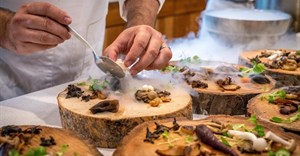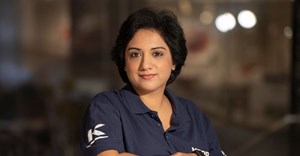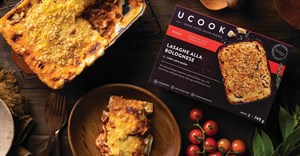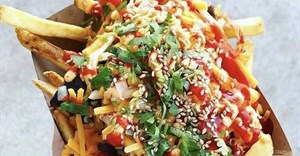Trending



 Does anyone know what content is any more?Justine Drake
Does anyone know what content is any more?Justine Drake

Elections 2024
Jobs
- Freelance Graphic Designer/Web Designer/Reel Creator Cape Town
- Designer Cape Town
- Customer Service - UK Work From Home Nationwide
- Conceptual Graphic Designer Johannesburg
- Actor Johannesburg
#BizTrends2019: In praise of the pilchard; the delights of unfashionable fish
Undeniably fishy, this is no prize slice of sashimi and yet it is just as good. Perhaps better, especially when one considers the difference in impact both options play in making seafood a sustainable option.
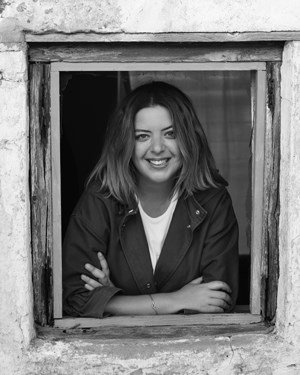
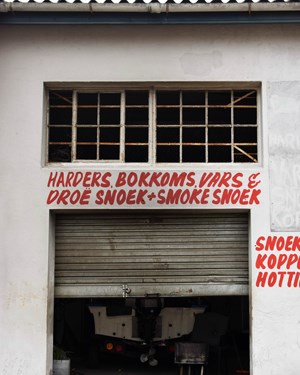
Simple, nutritious meals that hail from the countries surrounding the Mediterranean, these fish are a far cry from the exotics served in luxury eateries, the game catches prized for their size and their delicate flesh. The unctuousness of Norwegian salmon, bluefin tuna’s crimson gleam, the meatiness of swordfish and the buttery taste of lobster have for too long held sway over our appetites – the allure exacerbated by consumer culture, and the desire for luxury.
Out of our depth
In an attempt to meet the global demand for premium seafood, fish farms are cultivating wild salmon but with dire consequences. Forcibly held in giant pens, the naturally migratory fish are unable to move, their close proximity with one another manifesting in outbreaks of sea lice, disease, and death. Often the very presence of the farms is enough to drive off indigenous species of undersea creature, change the PH balance of the water and cause irreparable damage to already fragile ecosystems.
Just like the safaris of the colonial era, big game hunting at sea has also slowed – with unbridled overfishing the catalyst for the decline of skipjack tuna, shark, and marlin. The crayfish tanks in restaurants stand empty and in Elands Bay on the Cape West Coast, the once-thriving rock lobster factory crumbles daily into the sea. A yearning for the abundance and grandeur of the food eaten in decades past has resulted in the swift reduction of ‘stylish seafood’ and yet we as a consumer culture still crave it, spending hundreds of Rands on imported and endangered fish.
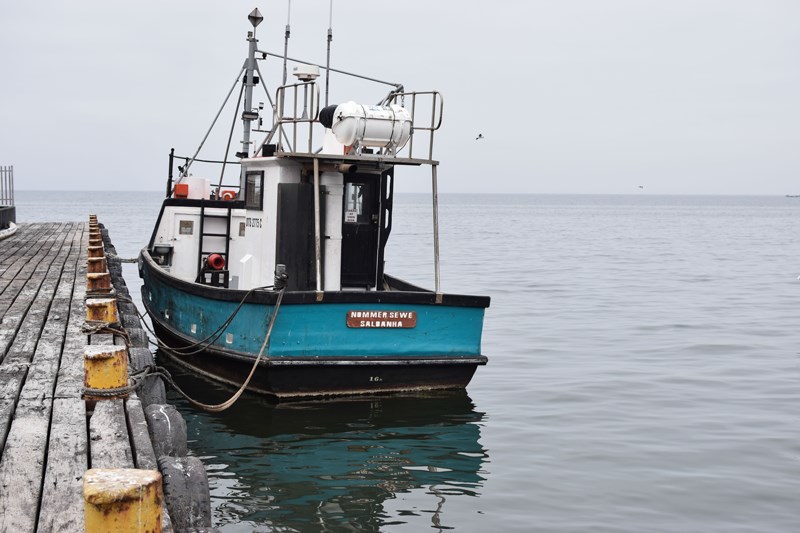
Once sparse and thus celebrated, once can now find sushi restaurants in varying degrees of dubiousness in almost every strip mall or side street. Flaccid farmed salmon has replaced the wild and watery defrosted tuna makes a tasteless sponge for soy sauce. Without fail, a waste of semi-decent fish – but also a parable for our current tastes in seafood. We sneer at tinned sardines but will happily pay for the sushi equivalent of a knock-off designer handbag. It might feel good at the time, but it’s not the real thing.
Local flavour
Here in South Africa, we are blessed with a bountiful coastline; one that yields up vast catches of fish. Yellowtail, iridescently striped Atlantic mackerel, and that fiercest of fish, the snoek are caught just offshore, flash-frozen out at sea or brought in fresh to be happily snapped up by locals in the know. Small towns dotted along the west and east coasts of the country celebrate these fish, along with the smaller silvery shoals of anchovies, pilchards, and sardines. On the West Coast, harders (a kind of mullet) are salted and dried in their hundreds to provide an ongoing food source for farm labourers and fishermen alike. Often avoided for their desiccated texture and pungent aroma, bokkoms can truly be called the seasoning of the area, with their fillets able to replace Italian brown anchovies in all manner of dishes.
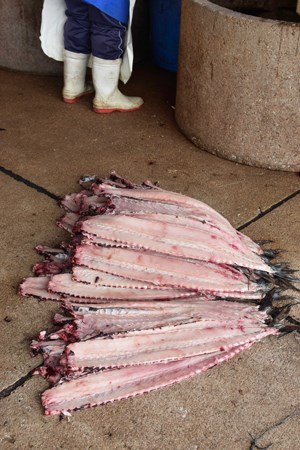
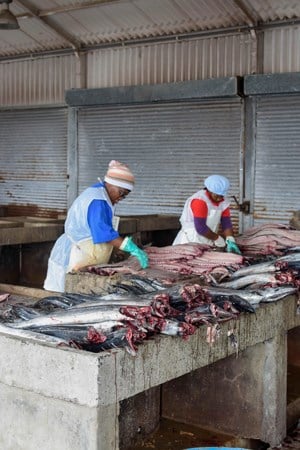
Personally, my preference runs to a fresh harder, crisped over the coals and eaten with fingers to avoid the myriad little bones hiding amongst succulent white flesh. Unquestionably, the undervalued delight of these oily fish is their taste – rich, fatty, and full of robust flavour – but also their nutritional value. Containing an equal amount of Omega-3 fatty acids to that of salmon, snoek makes an affordable, accessible and sustainable alternative, whilst tinned fish like pilchards and sardines can lower the risk of heart disease if eaten two to three times a week.
A taste of things to come
What with organisations like Sassi (South African Sustainable Seafood Initiative) and Abalobi urging consumers to eat ethically – researching both the fish and who caught it – and opting to support small-scale fishermen over big business, there is already a shift towards the fare favoured by our Mediterranean neighbours. Cooks like Yotam Ottolenghi and locally, Daisy Jones and the late great Lannice Snyman have succeeded in seducing us with fried sardines, saucy pilchards, delicate fishcakes made of middle-cut and spiced with cumin and many ways to enjoy the ubiquitous snoek.
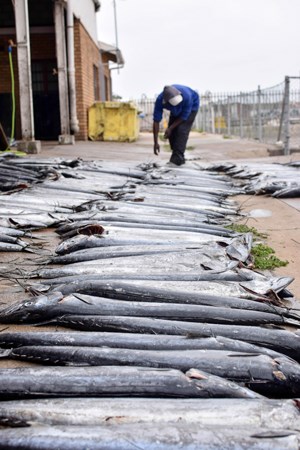
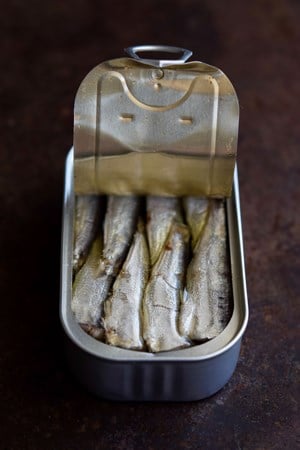
For me, however, little will ever come close to hot toast, basted with butter and topped with tinned sardines, lemon, and black pepper. Not even the best sashimi Cape Town has to offer can beat that.



